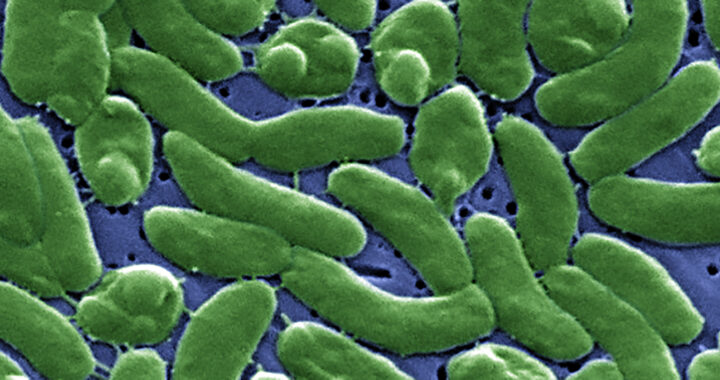In the warm coastal waters of the Gulf of Mexico and the southeastern United States, a microscopic danger thrives. Vibrio vulnificus, sometimes called flesh-eating bacteria, has claimed multiple lives this summer in Florida and Louisiana. The bacterium exists naturally in brackish and marine environments, flourishing during the hot months between May and October.
This summer alone, Louisiana has documented 17 infections, resulting in 4 deaths, while Florida has reported 16 to 17 cases, with 5 fatalities. These numbers have exceeded averages from previous years and are expected to increase further. Health officials have issued warnings to residents and tourists alike, urging heightened caution when entering warm coastal waters.
Note that Vibrio vulnificus does not literally eat flesh. The flesh-eating label stems from its ability to cause necrotizing fasciitis. This is characterized by the rapid destruction of skin, muscle, and connective tissue. The bacteria specifically release toxins and enzymes that damage cells, disrupt blood flow, and trigger severe inflammation once inside the body.
In the most severe cases, the infection progresses with alarming speed, sometimes within hours of exposure. As the bacteria destroy tissue and invade the bloodstream, the resulting septicemia can cause dangerously low blood pressure, organ failure, and death. When damage becomes extensive, surgical removal of infected areas or full limb amputation may be necessary.
Vibrio vulnificus can infect people via either of the two main routes. These are direct contact with contaminated water through open wounds, or the consumption of raw or undercooked shellfish, particularly oysters. Shellfish naturally filter seawater, trapping the bacteria in their tissues, which can then infect humans. Handling raw seafood with cuts also presents a serious risk.
While anyone can contract the infection, severe or fatal cases are most likely among individuals with compromised immune systems, chronic liver disease, diabetes, cancer, or advanced age. These groups face greater vulnerability due to reduced capacity to fight bacterial invasion and a higher risk of rapid progression to sepsis or organ failure.
Vibrio vulnificus is not a product of pollution but a native inhabitant of warm coastal ecosystems. It thrives in nutrient-rich environments with moderate salinity and temperatures above twenty degrees Celsius. Climate change and warming oceans are expanding their range northward, potentially placing new coastal populations at risk in future summers.
Experts advise avoiding seawater contact when wounds are present, using waterproof coverings if exposure is unavoidable, and thoroughly cleaning skin afterward. They also urge avoiding raw shellfish consumption and cooking seafood thoroughly. Awareness, preventive measures, and rapid medical attention remain the most effective tools to reduce fatalities.
Other bacteria can cause flesh-eating infections. These are Streptococcus pyogenes, Clostridium perfringens, and Aeromonas hydrophila. These organisms can be found in various environments like bodies of water, soil, and even the human throat or intestines. People with compromised health or have certain vulnerabilities are at risk of becoming infected.
FURTHER READINGS AND REFERENCES





